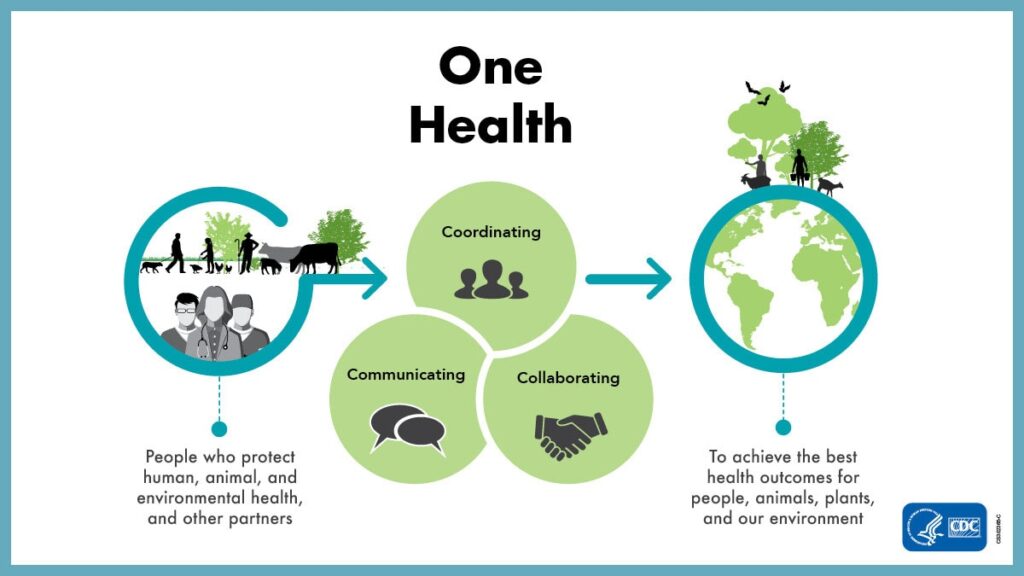CASPR: A One Health Approach to Fighting Pathogens

CASPR, a One Health approach to combat any emerging pathogens indoors In the US, One Health is an interdisciplinary approach to health usually focused in local and state public health departments, that encompasses a broad array of sectors, including public health, agriculture, animal and meat production, and environmental experts. The goal is to improve and […]
Combating Student Absenteeism Through Advanced Disinfection Strategies

Combating Student Absenteeism Through Advanced Disinfection Strategies In an era where educational outcomes are critically linked to student attendance, school districts are increasingly recognizing the powerful connection between robust disinfection protocols and reduced absenteeism. This makes implementing effective disinfection strategies not just a health priority, but an academic and financial imperative. The stakes are high: […]
